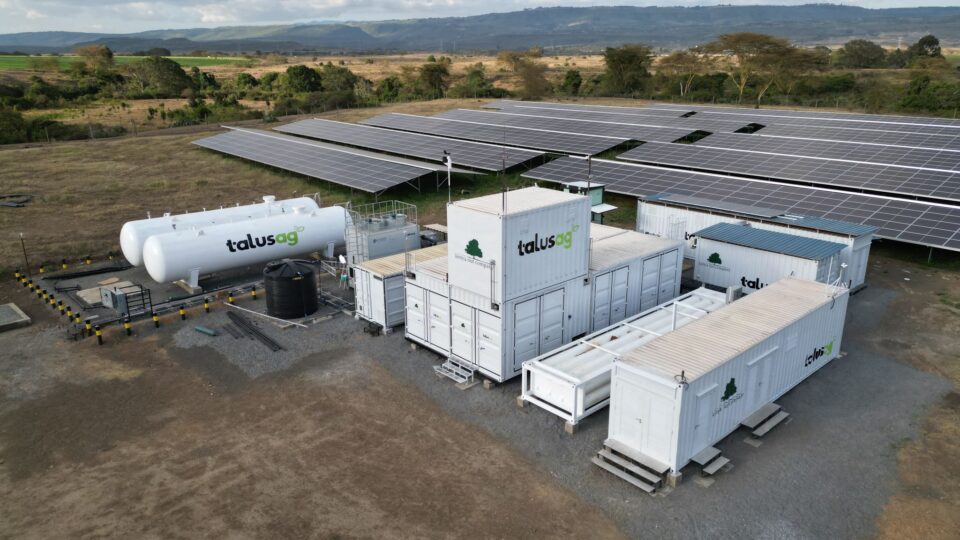Ammonia is a major industrial commodity. About 70% of it is used to make fertilizer, with the rest for a wide range of industrial applications. Ammonia is the starting point for all mineral nitrogen fertilizers.
Typically, ammonia is a byproduct of isolating hydrogen from natural gas, which releases large amounts of carbon dioxide. On a global scale, the climate impact of ammonia production is comparable to that of air travel. The world needs more ammonia but really cannot afford the emissions that come with its production.
There are also political implications of ammonia production. Because it relies so heavily on natural gas, ammonia supply is vulnerable to disruptions from events like the Russian invasion of Ukraine. Sanctions imposed after the invasion have hindered fertilizer exports, driving up costs, especially in places like Africa.
A small fertilizer plant near Nairobi, Kenya will be the first farm in the world to produce its own nitrogen fertilizer on site that is free of fossil fuels. The plant is being built by an American startup company Talus Renewables and will use solar power to strip hydrogen from water. The hydrogen will then bond with nitrogen from the air to form liquid ammonia. The plant will produce one ton of ammonia each day.
The typical bag of fertilizer in sub-Saharan Africa travels 6,000 miles to get there, which of course only adds to the environmental burden of using it as well as its cost. By building a small green ammonia plant like the one coming online in Kenya, it is possible to locally produce a critical raw material in a carbon-free manner.
**********
Web Links
Farm in Kenya First to Produce Fossil-Free Fertilizer On Site
Photo courtesy of Talus Renewables via LinkedIn.
Earth Wise is a production of WAMC Northeast Public Radio

